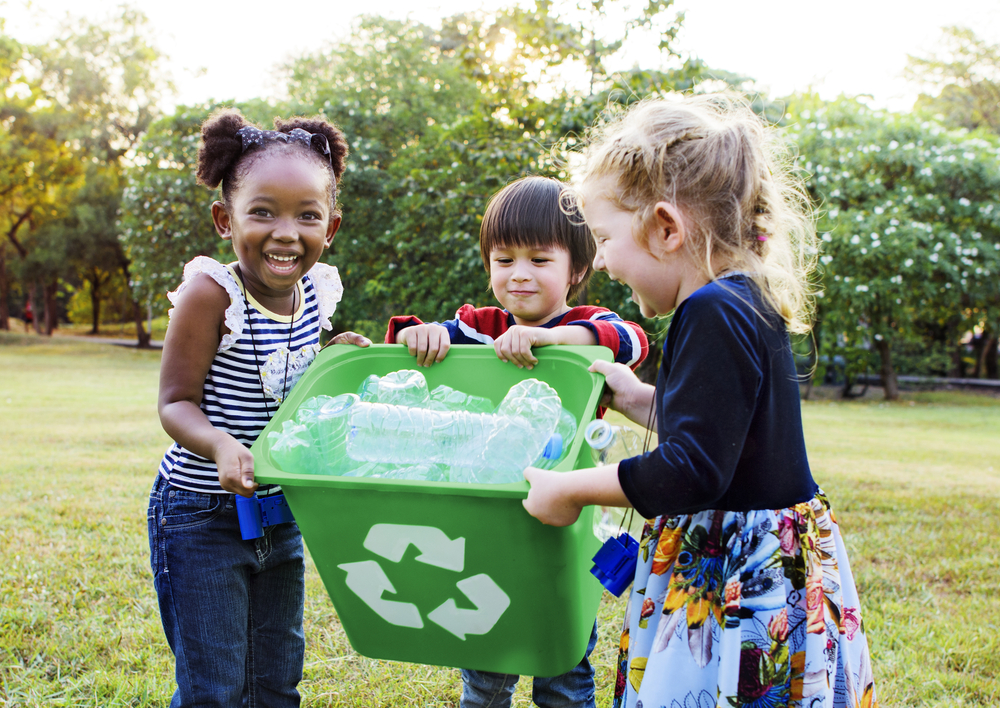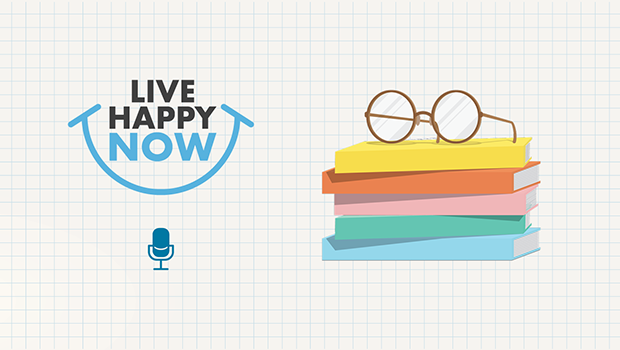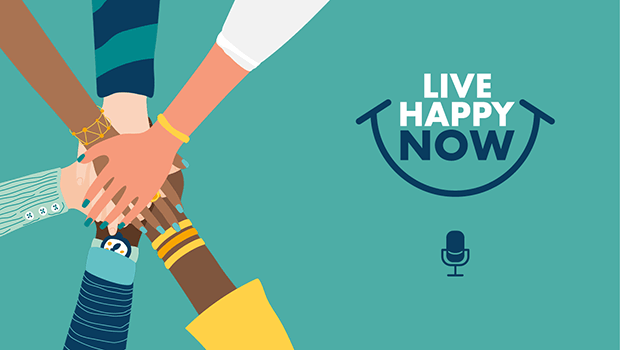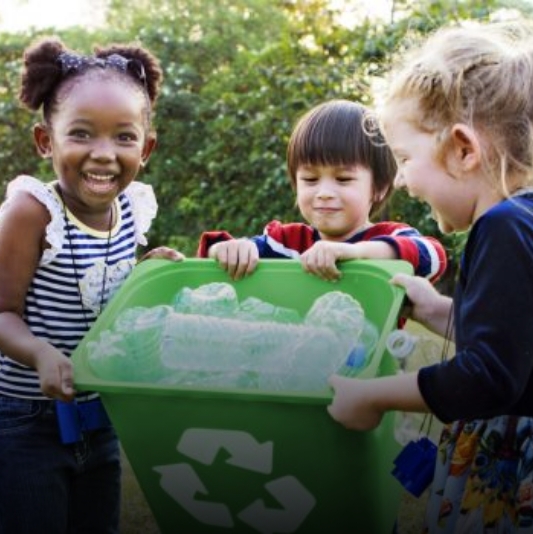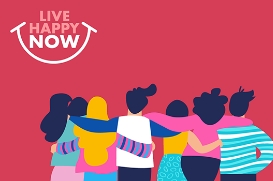Cultivate balance in your mental and physical energy.
Imagine your mind uncluttered, happy and free, loving whatever you are doing to the point that you lose track of time, limitations and stressors. Psychologists refer to this frame of mind as flow. Many scientists believe that children operate in a naturally flowing mindset up to about age 5. However, you can regain your mental flow at any age and teach your children to nurture (and keep) theirs! This helps them develop coping skills that will empower them for life, increasing the “ups,” decreasing the “downs” and making joy a part of every day.
I have spent much of my career helping people find ways to cope and operate at the top of their games. I’ve found that much of coping has to do with how you manage your mental and physical energy. What you are looking for is balance. You don’t want to be too activated or you’ll feel jumpy; too placid and you won’t have enough oomph to perform and feel your best.
Your mind flows when sparked by high-quality energy and personal motivation. The two go hand-in-hand. When they do, you feel “lit.”
Encourage Positivity
Positive energy attracts positive action. Helping your child grow a happy mind begins with being open to the positive energies in life, and there’s no better way to start than to make yourself a model. Life is full of beauty, love and excitement. We can capture a burst of natural beauty wherever we are and download its good energy.
For example, if you and your child are out on a walk or in the middle of any outdoor activity, talk about what environmental details bring you pleasure. Refer to specifics. After, ask him: What do you find exciting? What sights, sounds or scents make you feel good? It’s important for children to see life as good and to be able to identify examples of life’s magnificence and joy around them. They don’t have to be blockbuster examples—a tiny flower, glistening ocean wave or a single, sparkling star on a full-moon night. Our minds love images. They sweeten your thoughts and keep your coping resources charged, even when you’ve been treading in rough waters.
Children can learn that uplifting, peaceful and joyful energies are everywhere. All they have to do to shift their attention—open their senses—and feel the energy.
Self-Awareness
Self refers to who you are, what you feel on the inside. As parents, we can help our children become more aware of who they are and to discover their unique qualities. “I love to dance,” says one 13-year-old who has danced since she was age 2. “When I dance, I dance with my heart. I can’t ever imagine myself not dancing.” Her 11-year-old sister plays the piano. She says, “Playing piano makes me happy,” but adds, “You don’t have to be Shakespeare to love writing, and you don’t have to be Mozart to be happy playing music.”
Self-awareness is about being attentive to who you have been in the past, who you are now and who you want to be in the future. Ask your child how their most self-connected activities fit into that sequence. For example, did you enjoy music before playing the piano? How does music affect other things you do?
By doing this, you are helping them find intrinsic reward for their actions and not rely on or become co-dependent on someone else’s judgments of what should or shouldn’t feel good to them. You are helping them understand it is possible to sync internal and external world activities that mean a lot to them. The more they do this, the more rewarding their life will feel, the more motivated they will become and the easier it will be to enter and sustain a flowing, happy mind.
Tools to Get Started
1. Incorporate a morning activity that launches you into a flowing mindset. Play a tune on your favorite instrument, sing, dance, take a walk in nature. Flow transfers into other activities.
2. Balance your energy before and after daily activities. Pick two songs from your favorite tunes, one that activates you and another that calms. Put them on your phone or other device. Decide what kind of energy you need to feel (activating or calming) for balance in the morning before you leave home, at lunchtime and again when you get home. Then just hit “play.”
3. Organize the night before. You’ll wake up happier you did. Include something nice to look forward to in the morning such as a colorful article of clothing or a fun, new morning activity.
4. Give yourself permission to keep your mind flowing. Lessen daily pressures by telling yourself you can think about non-urgent recurring concerns or conflicts “later.” You can pick the time or day.
5. Get a good night’s sleep. Make it a habit to turn lights off at the same time each night. You need sleep for higher-level thinking and to keep your mind flowing.



